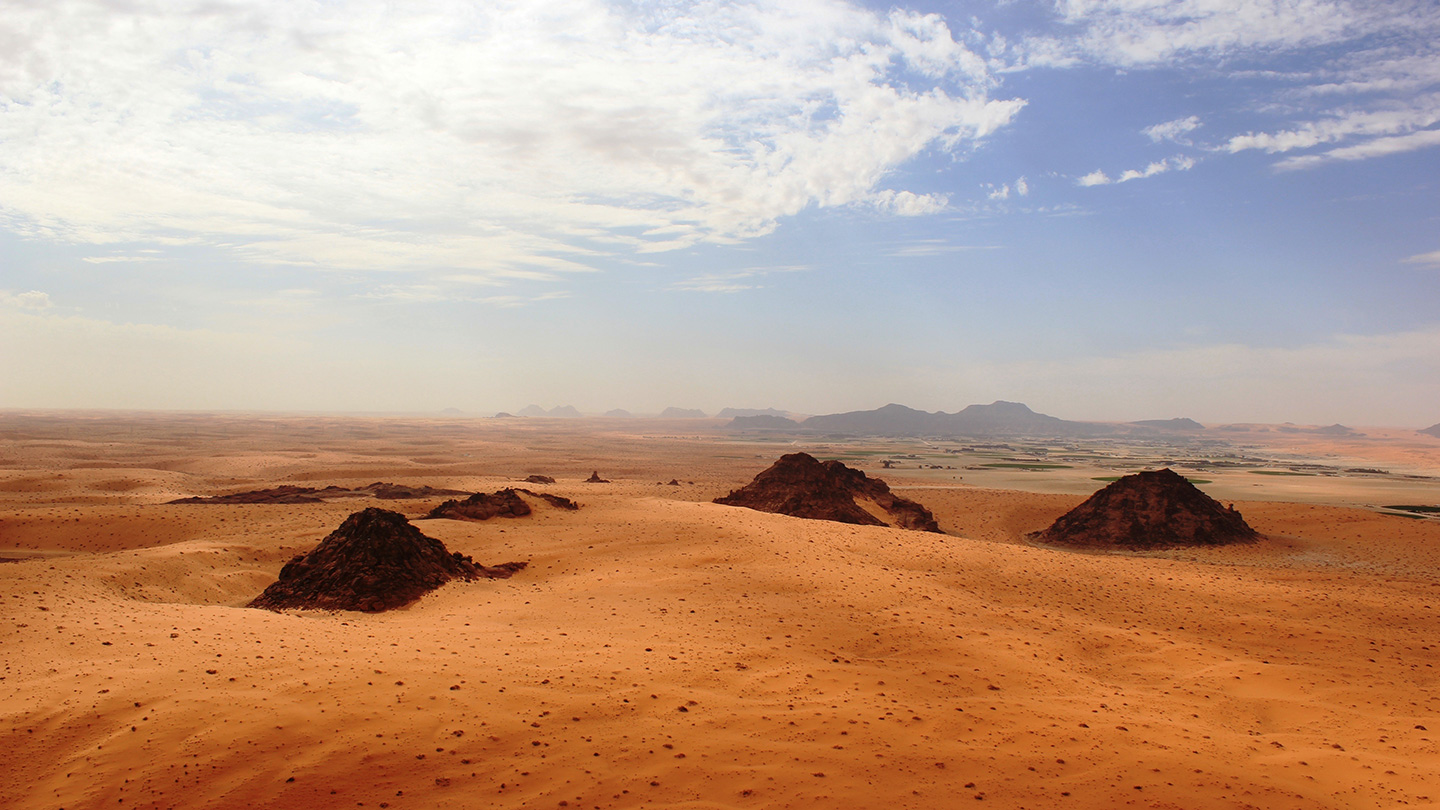HOME
Stone Age humans or their relatives occasionally trekked through a green Arabia

Arabia, known today for its desert landscape, served as a “green turnstile” for migrating Stone Age members of the human genus starting around 400,000 years ago, a new study finds.
Monsoon rains periodically turned northern Arabia into a well-watered oasis, creating windows of opportunity for long-ago humans or their relatives to trek through that crossroads region from starting points in northern Africa and southwest Asia.
That’s the implication of a series of five ancient lake beds of varying ages, each accompanied by distinctive stone tools, unearthed at a northern Saudi Arabian site called Khall Amayshan 4, or KAM 4. Sediments from the lake beds, which were linked to periods when the climate was wetter than today, also yielded fossils of hippos, wild cattle and other animals. Like hominids, those creatures must have migrated into the region along rain-fed lakes, wetlands and rivers, an international team reports online September 1 in Nature.
Until now, the oldest stone tools in Arabia dated to at least 300,000 years ago (SN: 11/29/18). Previous finds only hinted that Stone Age Homo sapiens or other Homo species temporarily inhabited green, wetter parts of Arabia, a conclusion largely resting on discoveries at two other Saudi sites, each preserving stone tools from a single point in time (SN: 11/1/18).
News Source